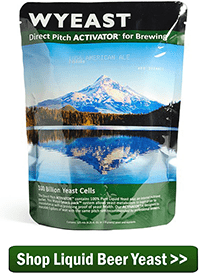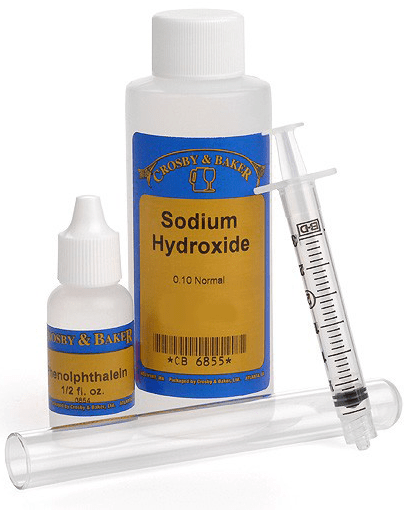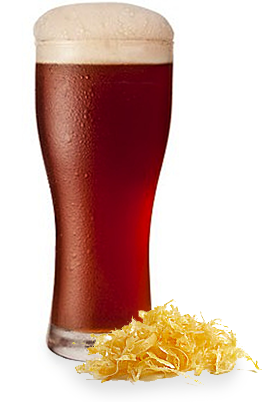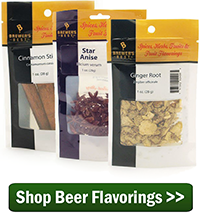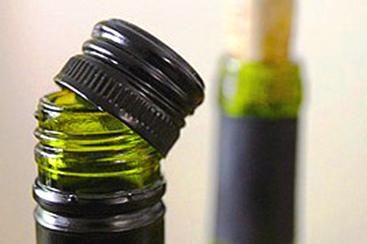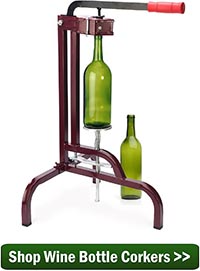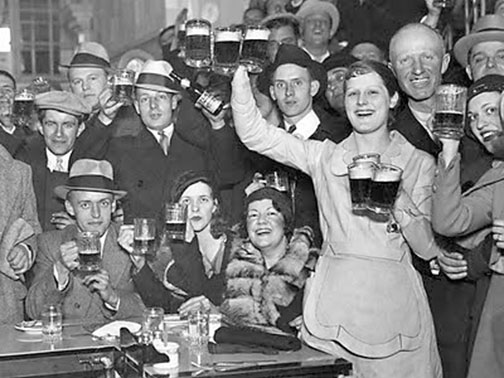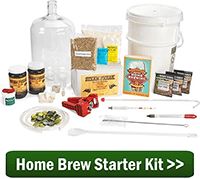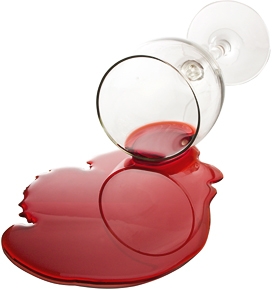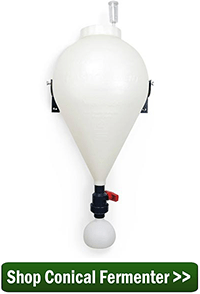 After brewing a few batches of beer, you may be wondering what you can do to improve your home brews – to make them better. While there may be a lot of different things you can do, try just one at a time. If you’ve already brewed a few batches, you’ve probably got the bug. Don’t rush – there’s plenty of time to learn.
After brewing a few batches of beer, you may be wondering what you can do to improve your home brews – to make them better. While there may be a lot of different things you can do, try just one at a time. If you’ve already brewed a few batches, you’ve probably got the bug. Don’t rush – there’s plenty of time to learn.
- Take notes – Due to the fact that it takes several weeks to make beer, it’s easy to forget what you may have done on brew day once your beer is ready to drink. If you notice a flaw – or maybe something you really like – in a brew, having detailed notes with all of your procedures and ingredients listed out will make it that much easier to replicate your successes and avoid repeating your mistakes.
- Use filtered water – Though tap water is acceptable for your first batches of beer (and maybe beyond, depending on your water quality), using pure, filtered water is a simple way to improve your home brews. It gives you more of a blank canvas when it comes to reproducing certain beer styles. Some beers are heavy in mineral content; others are not. When you start with pure water you can customize your brewing water depending on what kind of beer you’re making.
- Control fermentation temperature – Possibly one of the biggest improvements you can make to your home brewed beer is to control the fermentation temperature. Chances are, you started out just fermenting at room temperature – and that’s fine. But sometimes room temperature and optimal fermentation temperature don’t always line up. If you can dedicate a spare refrigerator to fermentation and rig up a temperature controller, you’ll open up the full range of styles and can begin to explore how even subtle changes in temperature can improve your home brews.

- Replace some extract with grains – I’m not necessarily suggesting you skip ahead to all-grain brewing right away. Depending on your skill level, this may mean just steeping some additional grains prior to mixing in the malt extract, or it may be doing a full-on partial mash, simply supplementing the mash with some extract. Over time, you can do bigger and bigger mashes. Either way you do it, making the move towards using malted grains will give you more options and may also improve the flavor of your home brews.
- Brew clone recipes – I’m a big advocate for brewing clone recipes. Clones are intended to be copies of commercial brews. It’s easy to find them in books and online. The big advantage with brewing clones is that you can compare them to the original, and then break down what you can do to make the clone more exact. It’s a great way to develop your palate and your skills as a brewer. Plus, by using beer recipes that have been tested before, there’s a higher likelihood that your beer will turn out good. Check out some of these clone recipe kits to get started!
Are you an experienced homebrewer? What upgrades helped you to improve your home brews?
—–
David Ackley is a writer, brewer, and craft beer marketing consultant. He holds a General Certificate in Brewing from the Institute of Brewing and Distilling and is founder and editor of the Local Beer Blog.

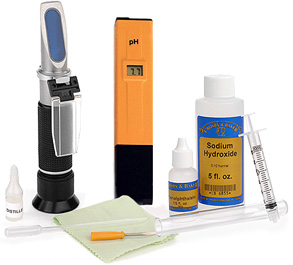 This is part 2 of a 4 part series on when to pick your grapes. Part 1 went over why timing is so important.
This is part 2 of a 4 part series on when to pick your grapes. Part 1 went over why timing is so important. 
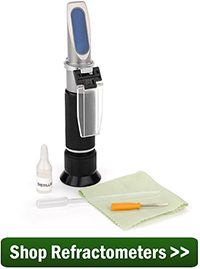

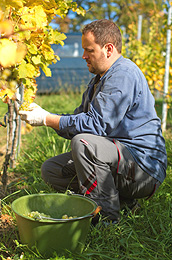 Knowing the optimum time to pick your grapes for wine is a crucial skill that must be mastered before any vineyard can become successful, yet the “knowing when” seems to be the one thing that eludes many amateur vintners.
Knowing the optimum time to pick your grapes for wine is a crucial skill that must be mastered before any vineyard can become successful, yet the “knowing when” seems to be the one thing that eludes many amateur vintners.
